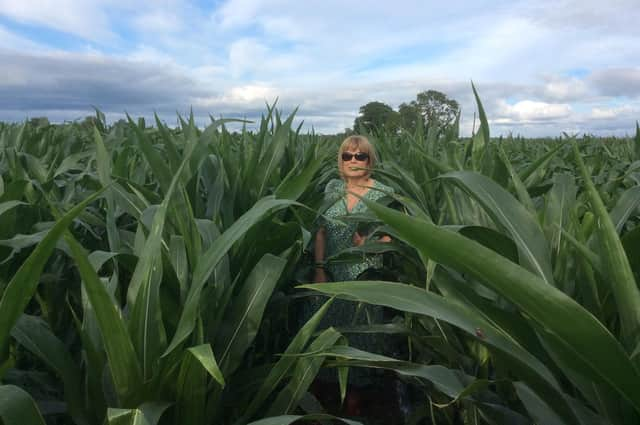Maize acreage up by 15% this year


He explained:“We are seeing a lot of new growers coming into the sector in tandem with farmers coming back to maize after a number of years.
“Driving all of this is the recognition that compound feed prices will be extremely high next winter and the fact that dairy and other livestock farmers want a source of high quality forage available to them over the coming months.”
Advertisement
Advertisement
He added: “Growing maize is also an exceptionally efficient way of utilising farmyard manure and slurry. Organic manures can supply all of the potash and phosphate required by a growing crop of maize.”
Duncan confirmed that the vast majority of maize crops are looking exceptionally well at the present time.
“Crops got off to a great start,” he stressed.
“Planting was carried out, for the most part, between 23 April and 11 May. Ground conditions were excellent at the time
“Assuming the weather plays its part, crops will be ready for the silo during the first fortnight of October.”
Advertisement
Advertisement
According to the Maizetech representative, good crops of maize will produce between 16 to 18t of fresh forage per acre with dry matters coming in at around 32%. Starch levels should be in the range 32 to 35%.
The re-awakening of interest in forage maize has come at a time of significant change in the agronomy associated with the growing of these crops.
Robert Duncan again:“The most fundamental change relates to the use of liquid fertiliser to deliver half the crops’ nitrogen requirements when they are at the knee high stage.
“Trials and on-farm experience here in Northern Ireland has confirmed that such an approach is the most efficient way of applying fertiliser nitrogen to maize crops.”
Advertisement
Advertisement
He added:“But there is only a very limited window of opportunity to apply liquid nitrogen in this way.
“The product acts as a foliar feed. However, the nitrogen can also be taken up by the roots in that more conventional way. Liquid nitrogen fertiliser can also be mixed with other liquid nutrient sources, thereby making available a range of trace elements, which maize crops will require.”
Liquid fertiliser can be applied using a conventional sprayer.
“Most dairy farmers are now growing whole crop and a selection of other grain-based feeds. So having access to a sprayer should not be a problem in these circumstances,” Duncan continued.
Advertisement
Advertisement
“Many contractors are also available to deliver a fertiliser spraying service, if required.”
The Maizetech representative confirmed that cost is the main factor, encouraging farmers to consider the option of using liquid fertiliser.
He commented:“On the basis of 2022 fertiliser prices, liquid nitrogen was one third the cost of a granular option. The vast majority of my maize customers applied liquid nitrogen this year.”
The other key agronomic change, associated with the growing of maize crops, has been the switch to compostable films.
Advertisement
Advertisement
Robert Duncan again:“The use of the traditional oxy films is no longer allowed. It’s a case of using up the existing stocks of these films and moving on to the use of the new specifications.
“Maizetech gave DAERA a commitment that it would supply a mix of the new compostable film in tandem with our existing stocks of the oxy product to growers this year.
“So, in effect, the farmers in question were in a position to carry out their own trials on the new product.
“And the word back has been very positive. The fully compostable film breaks down that little bit sooner and the crops pushing through are looking exceptionally healthy.
“Maizetech had trialled the new compostable films for five years, prior to making the products commercially available in Northern Ireland.”